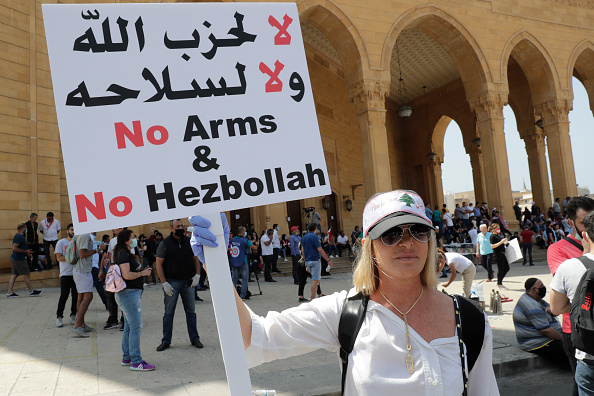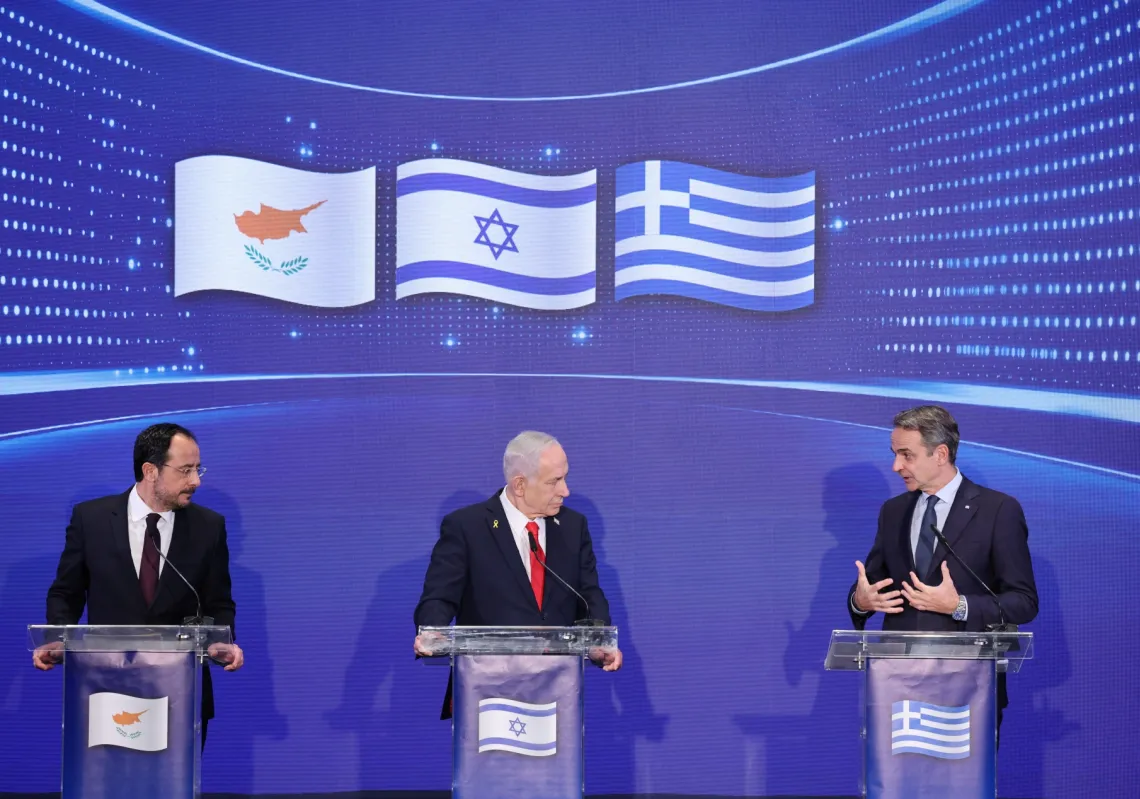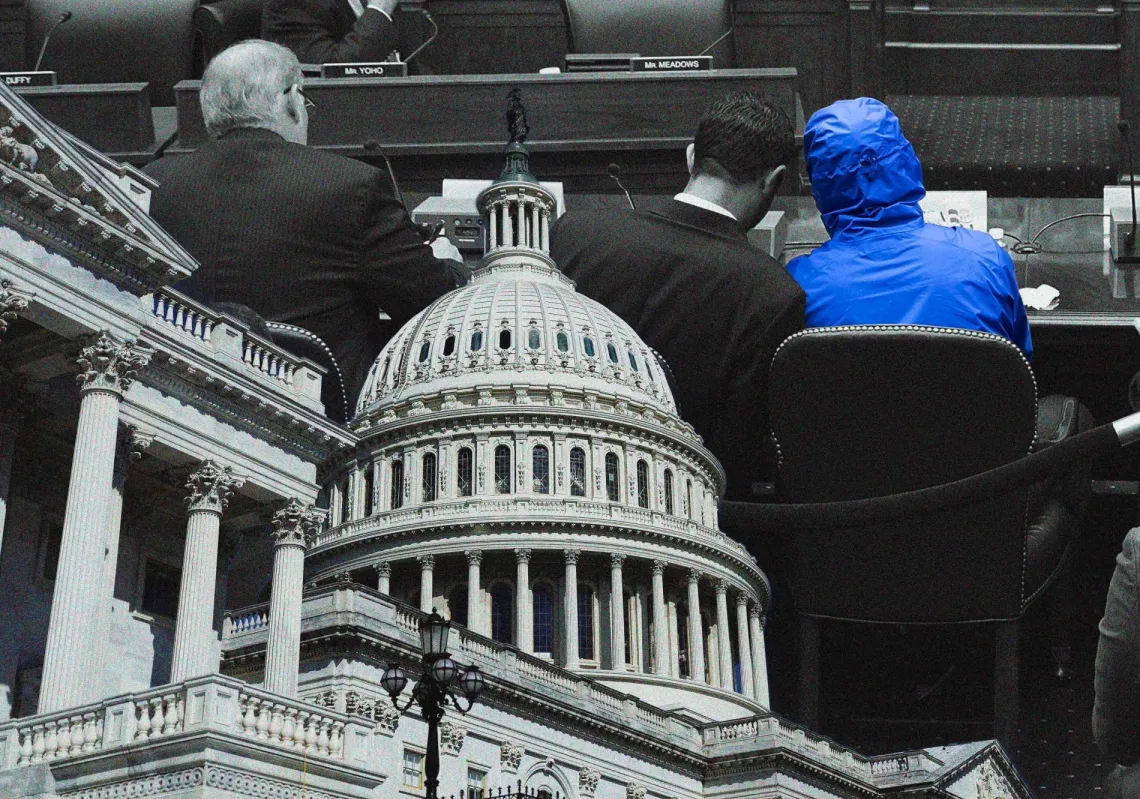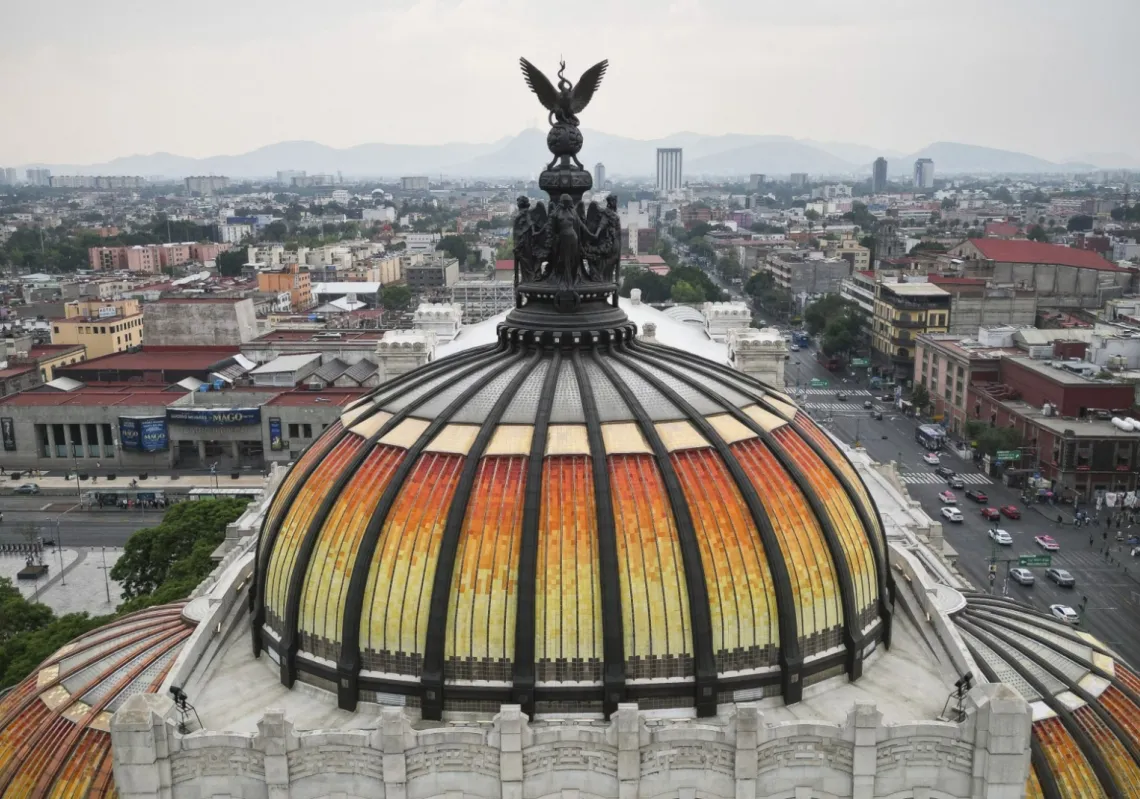Today, Hezbollah has control, but it has lost the rhetoric of resistance, and thereby, the popular support that comes with it. With the deteriorating political and economic crisis in Lebanon, and with increasing tension with Israel due to Hezbollah’s precision missiles and regional activities, Hezbollah had to make a choice: maintain resistance (military and social) or lose popular support. It seems Hezbollah chose the latter, and preferred control and hegemony over its support base. That, in turn, will come to haunt Hezbollah in the near future.
THE BEGINNINGS
Before Hezbollah issued its first political manifesto in 1985, Hezbollah was unofficially building itself within the Shia community and strengthening its support. After the Israeli 1982 First Lebanon War, and due to rising anti-Israeli sentiment among the Shia, a number of Amal movement leaders split and formed a new – more militant - movement that was called at that time The Islamic Amal. This was the basic infrastructure that the IRGC – who were already present in Lebanon - used and supported to form Hezbollah as we know it today.
In 1985, Islamic Amal published a manifesto under the new name of Hezbollah. In the manifesto, Hezbollah outlined several of its key goals: to destroy Israel, to expel Western influence from Lebanon and the wider Middle East, and to combat enemies within Lebanon, particularly the Phalanges Party. Hezbollah asserted that an Islamic state was the only legitimate option for the Lebanese government. The manifesto also denied Israel’s right to exist.
This is considered the official launch of Hezbollah as an anti-Israel, anti-American, and anti-West militia. During that period, Hezbollah pursued its goal of combatting Israel and the West through militant means. The social services network grew exponentially, and military operations against Israel increased. The goal was to expand and preserve Hezbollah’s military structure, and protect it by lobbying the Shia community’s support for its raison d'être and ideological context.
The goal was to bite into the remaining Amal’s influence and, and achieve a full hegemony over Shiite domestic affairs. It wasn’t until 1992 when Hezbollah decided to experiment with internal Lebanese politics and participate in the parliamentary elections, mainly after realizing that access to state institutions can solidify both public support and decision making.
All that power and confidence probably pushed Hezbollah to focus its effort on Israel, and step up its military operations in the south. Hezbollah’s military media and well-managed communication strategy succeeded in gaining Hezbollah the support of the Shia community and beyond. This support was culminated in the 2000 withdrawal of Israeli forces from south Lebanon, and Hezbollah was considered an Arab hero, even by Sunni Arabs.

THE WAY DOWNWARDS
However, right afterwards, Hezbollah was confronted with critics questioning its need to keep its arms post Israel’s withdrawal. Popular support within the Shia community grew, but internal political dynamics became more complicated. But real tensions surfaced in 2004 - after the adoption of UN Security Council Resolution (UNSCR) 1559 in September then the assassination of Prime Minister Rafic Hariri in February 2005, leading to the withdrawal of the Syrian Army from Lebanon. cThe real challenge came when Hezbollah used force against the Lebanese for the first time in May 7, 2008– and this marked the beginning of Hezbollah’s popular decline. This was a cross-road for Hezbollah’s popular support, and it was the beginning of discontent, but also marked Hezbollah’s real control of the state and its institutions.
Hezbollah enjoyed its gradual takeover of Lebanon’s state institutions and resources – while providing the Shia constituency with both services and empowerment, until Syria required their involvement in 2011. Hezbollah had to shift its priorities, strategies, and narrative. Its budget became mostly dedicated to military operations in Syria, and although funding for social services continued during this period, most of the services and the budget were allocated to families and institutions linked to Hezbollah’s military infrastructure.
Once considered a force that won quick, decisive victories, Hezbollah became a force that ships home the bodies of “martyrs” killed while fighting a foreign war. Slowly but surely, Hezbollah transformed from a “resistance movement” to a foreign force fighting in the region on behalf of Iran. As Israel became involved in Syria – by striking Iranian and Hezbollah’s military facilities, it gradually became clear that Hezbollah’s mission in Syria was not “resistance,” as they declined to retaliate against Israeli strikes and preferred to prioritize hegemony.
Then came US sanctions on Iran and Hezbollah, leading to a serious financial crisis within Hezbollah. However, as Hezbollah continued funding its military operations instead of services, the popular support started to raise serious concerns and wonder about the real mission of Hezbollah.
THE DEATH OF THE “RESISTANCE”
Hezbollah’s most unpleasant blow came from within the community on October 17, 2019; that is when the Lebanese people, including many from the Shia community, took to the streets in anti-government protests. The protestors have delegitimized two of Hezbollah’s main allies inside the government: Speaker of Parliament Nabih Berri and Foreign Minister Gebran Bassil. Hezbollah’s response to the protestors was violent, but it was exceptionally aggressive with Shia protesters and in Shia towns and cities.
Hezbollah sided with the authorities against the protests, simply because when Hezbollah won the parliamentary elections in 2018 – for the first time - and formed its own government, Hezbollah became the authority.
And as the economic crises deteriorates in Lebanon, Hezbollah’s alternatives are looking less and less appealing – to the Lebanese as a whole, but also for the Shia community. As Hezbollah continued its obsession with power and military might, the Lebanese Shia have realized that Hezbollah failed to transform its resistance rhetoric and claimed victories into a socio-economic vision for Lebanon and the Lebanese.
Today, Hezbollah controls the state institutions in Lebanon, they managed to protect their allies, and got their favorite candidate – Saad Hariri to form a government they can still control. However, they have replaced the love and respect of the Lebanese people – including many Shia - with fear and loathing. Hariri’s upcoming government cannot implement real reforms, and it will not be able to satisfy the conditions and requirements of the international community. Therefore, it is highly unlikely that Lebanon will be bailed-out financially, and that the economic situation will get better.
The only way left for real change – and for Hezbollah to realize its failure – is the upcoming parliamentary elections in 2021. With a proper electoral law, an organized opposition, and the support of the international community, hope for Lebanon might not be completely lost. Meanwhile, Hezbollah’s resistance rhetoric has died. There will be no coming back from it.









